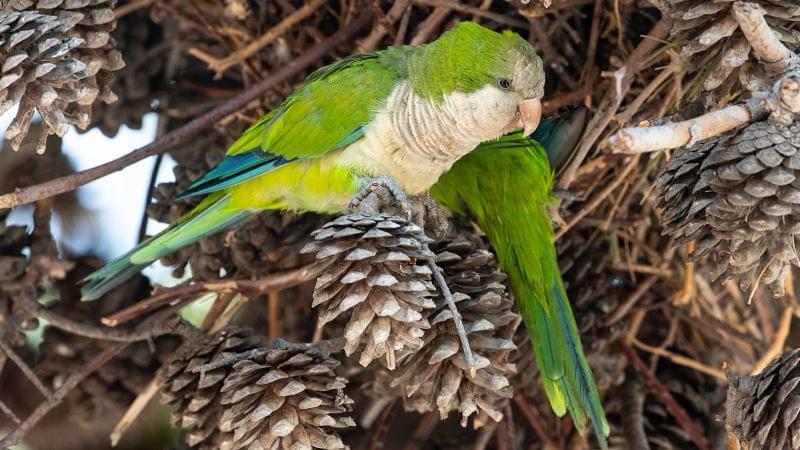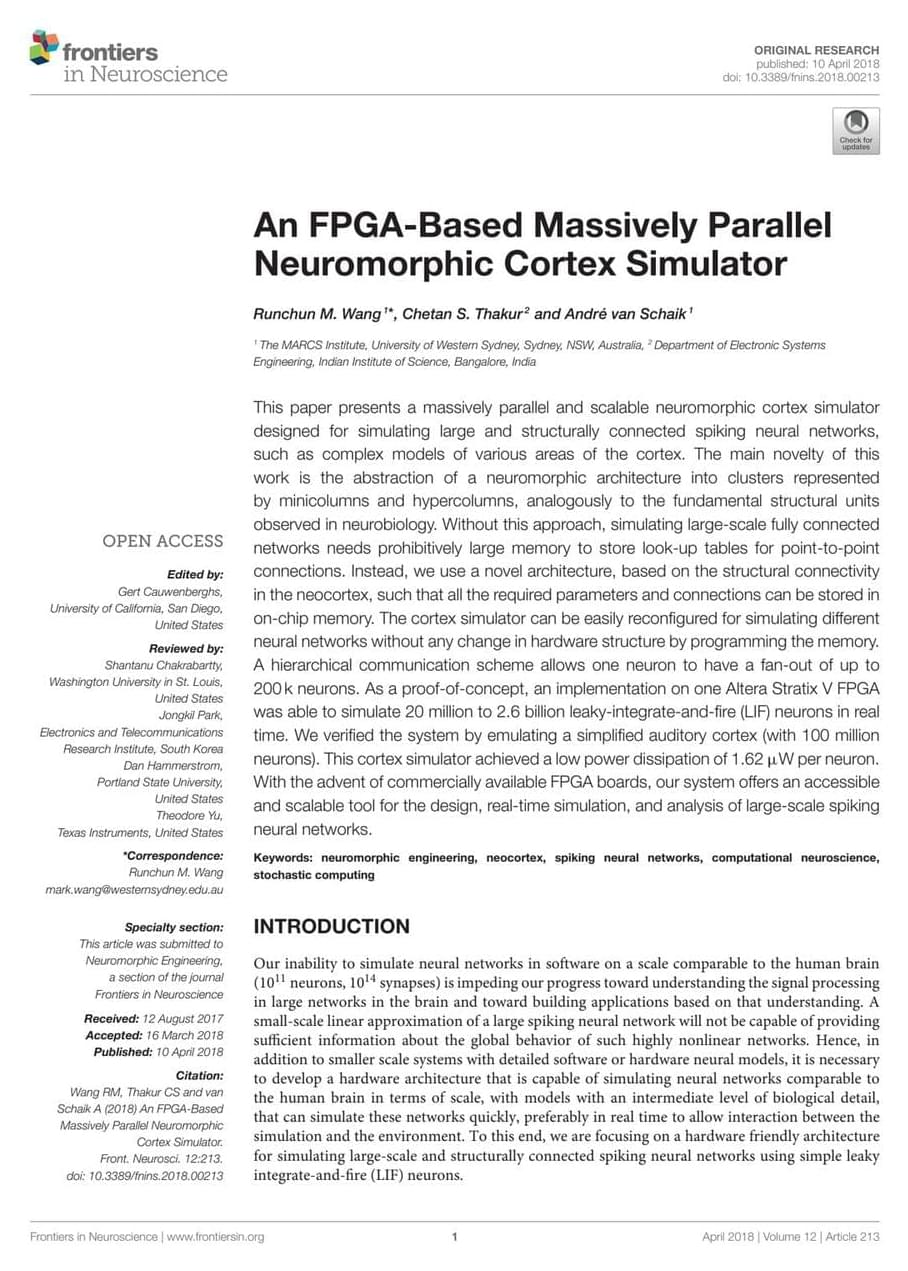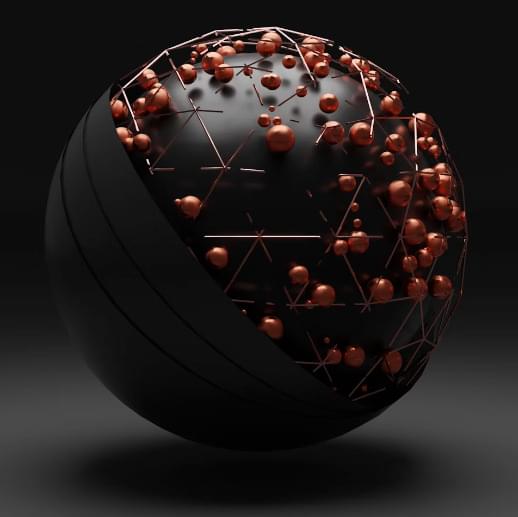March 4 (Reuters) — They are among the wonders of our deserts: star dunes, the vaguely pyramid-shaped sand formations up to about 1,000 feet (300 meters) tall with arms stretching out from a central peak to give them a star-like appearance when viewed from above.
Scientists on Monday unveiled the first in-depth study of a star dune, revealing the internal structure of these geological features and showing how long it took for one of them to form — more quickly than expected but still a process unfolding over many centuries.
The study focused upon a star dune in eastern Morocco called Lala Lallia, meaning “highest sacred point” in the local Berber language, situated within the Sahara Desert in a small sand sea called Erg Chebbi about 3 miles (5 km) from the town of Merzouga, close to the border with Algeria.









